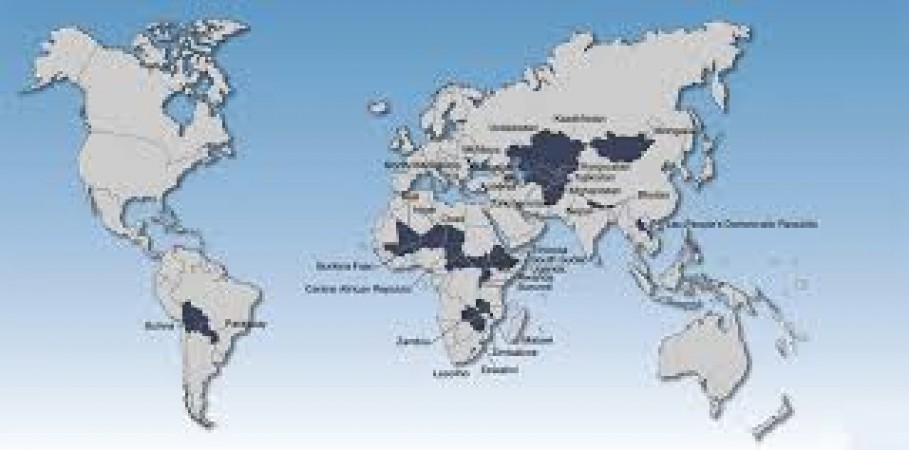
Developing countries go through several challenges in the economy where they find a bit difficult to adjust through the changing environment. Every developing country once has faced the challenge of soaring debt, export marginalization, energy poverty, and climate vulnerability. Difference in the cultural, social and economic further leads to many different sets of problems.
The deadly combination of low income coupled with large families makes for social instability and poor human development. Population has become the biggest obstacle for the developing countries to fight with as they lack of resources which helps the country with the process of sustaining the development.
About 1.1 billion people live in least developed countries (LDCs), which face daunting development challenges. Developing countries have been hardest hitted by the COVID-19 pandemic. They are facing an unprecedented health and economic crisis, with potentially extreme economic, social and sustainable development consequences that may reverse decades of development progress.
Countries like South Korea, Thailand and others do not have abundant resources. Instead they focused on what economists called the “human capital” for their development. Several regions in Asia and Africa have suffered due to lack of resource capital when they started on a path of economic development.
Where developed countries are characterized by high levels of industrialization and urbanization, high per capita incomes, dependence of a major part of the workforce on secondary and tertiary activities, and an efficient and productive agricultural sector.
Least developed countries remain marginalized in global trade. Their share of global merchandise exports has hovered around just 1% since 2010. These countries rely on primary goods like copper, cotton and oil for over 60% of their merchandise exports. Global commodities’ markets are very volatile, and when prices crash, so do exports, jobs and government revenue.
They also don’t have their reach to the energy supply more than half of the people still lacked access to electricity in 2019. About 570 million men, women and children in these countries don’t have light at night for reading and aren’t able to charge a mobile phone.
Socio-economic impacts are already being felt and will have long-lasting consequences, possibly reversing decades of progress in poverty eradication: exports in developing Asia are falling, growth in Africa could be halved, and an extra 30 million people in Latin America could fall into poverty.
In past five decades, developing countries have been home to 69% of the global deaths has been caused by the climate disasters and the cars and industries there have produced just 1.1% of the world’s total CO2 emissions.
Poor economic growth also brings with it the attendant problems of scarcity and competition for these scarce resources with the result that there is often an internecine battle among different ethnic groups for the same resources.
Where high rates of economic growth also fuels a different kind of conflict, namely the race for the spoils of growth and this can be seen in some of the South Asian countries, which, despite having high rates of growth are dogged by conflict arising.
Developing countries are fighting with their own inner battles of poverty, corruption, mismanagement and more, in order to build their country an economically stable developed country.
FAO: Food insecurity and rising costs are expanding the ranks of the hungry
Extreme Israeli group establishes a fundraising campaign in the US
France returns 32 children and 15 women from jihadist camps in Syria